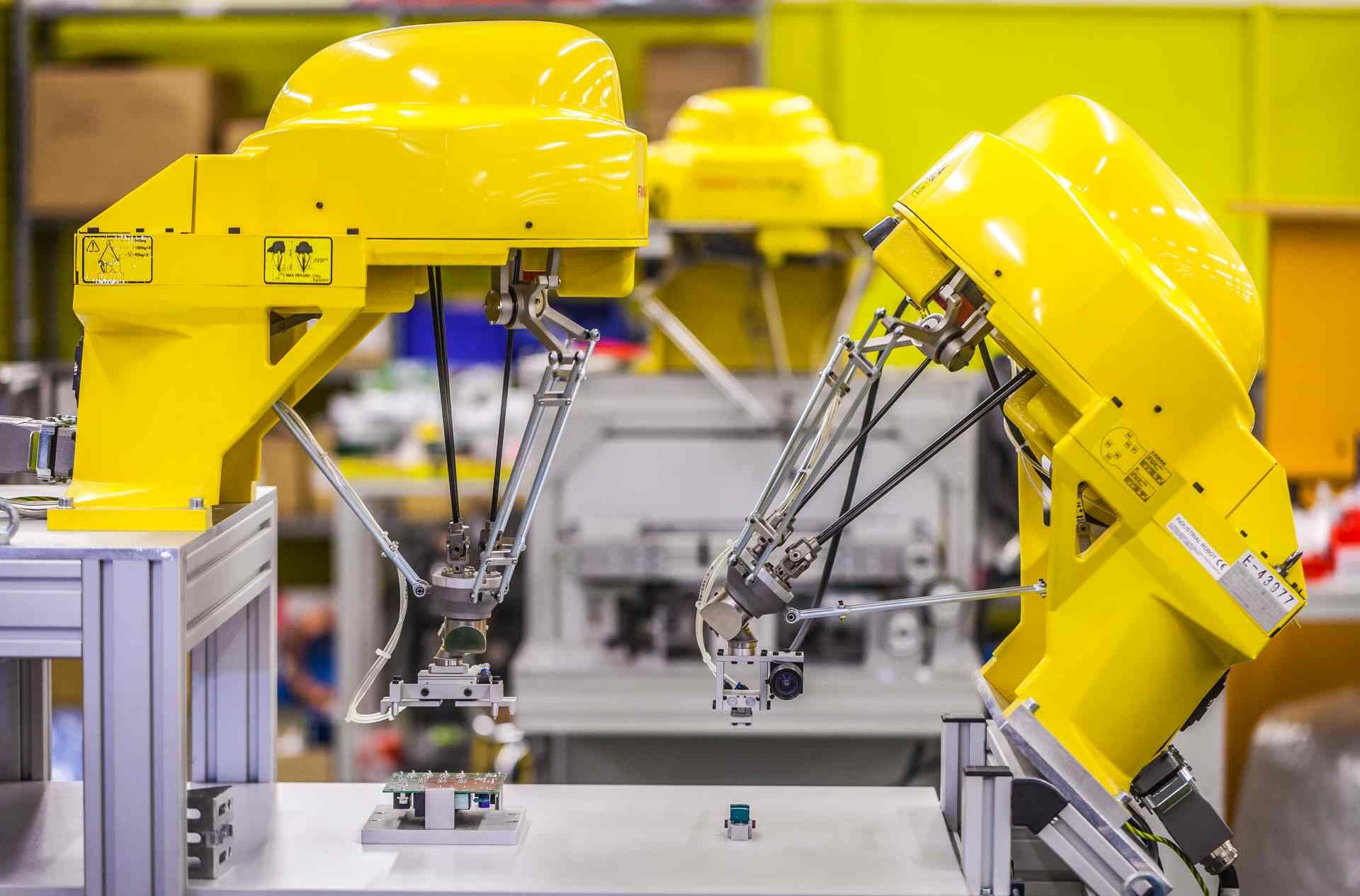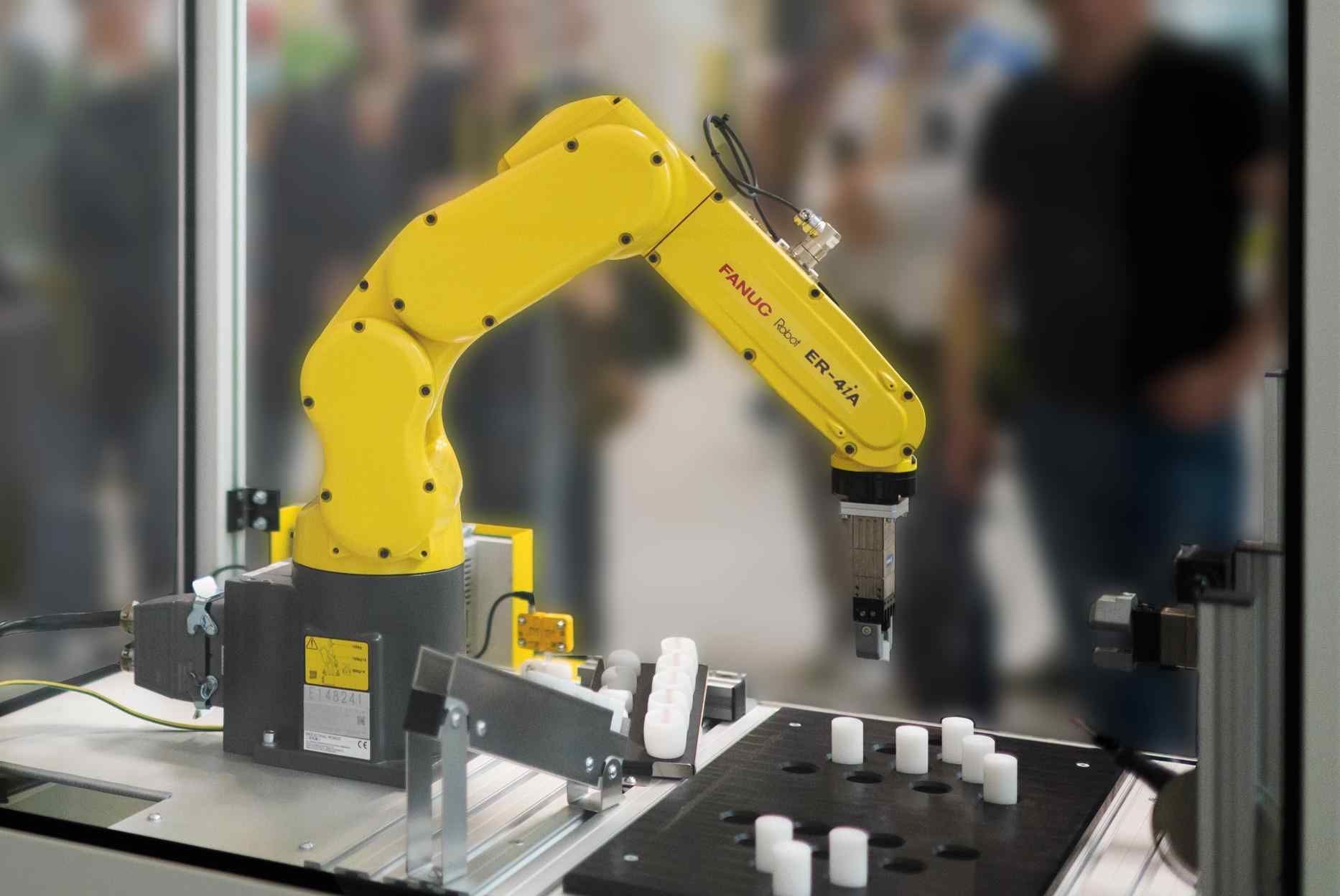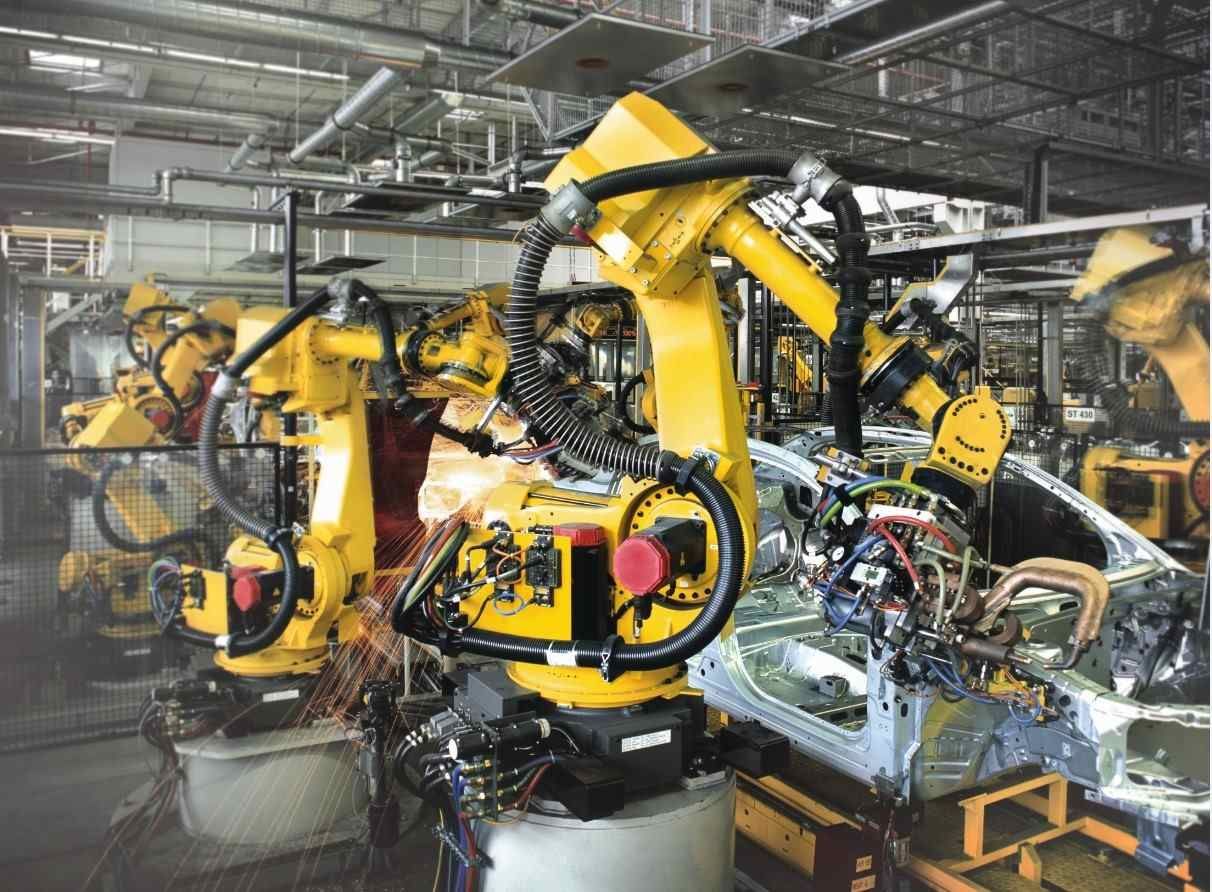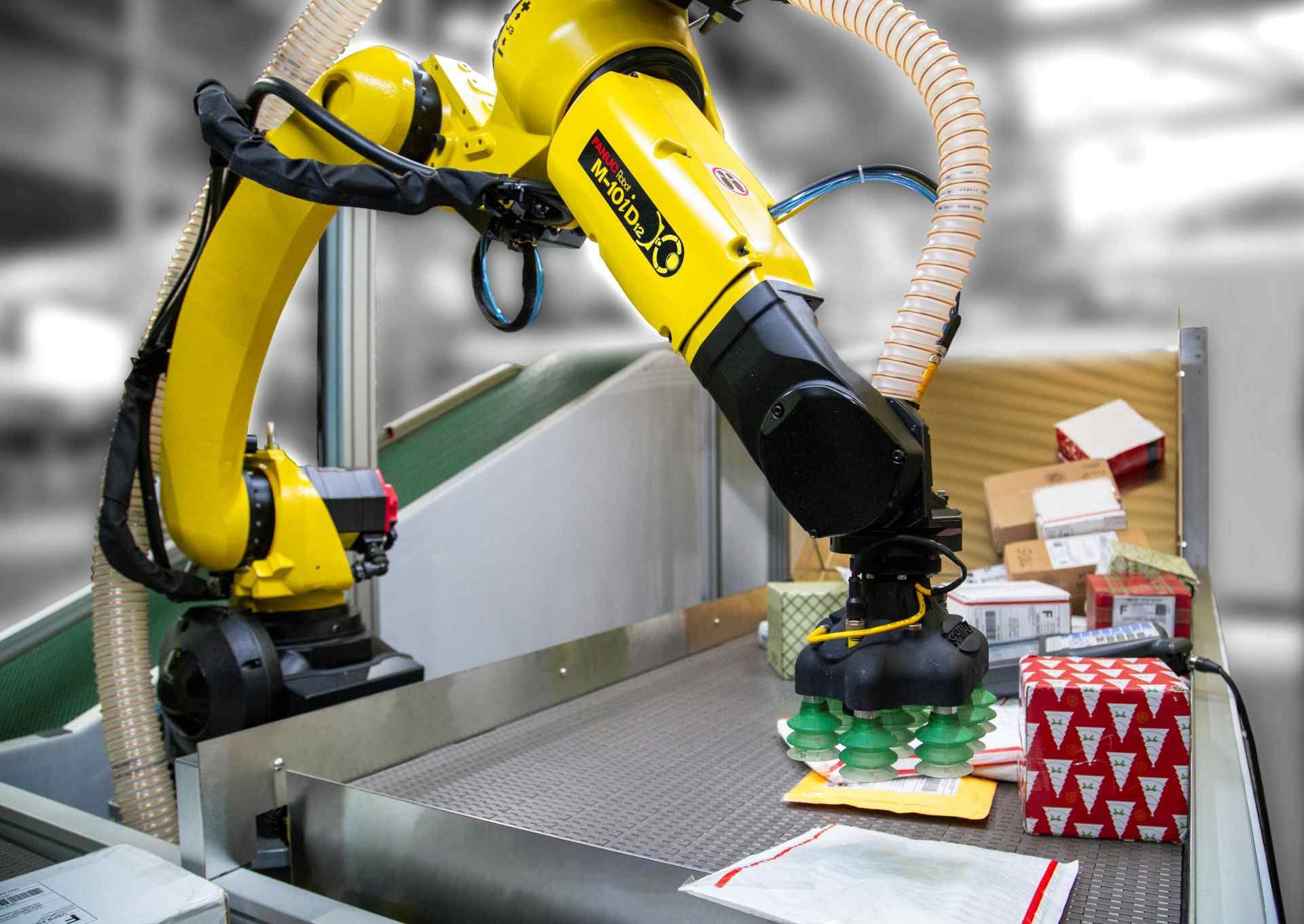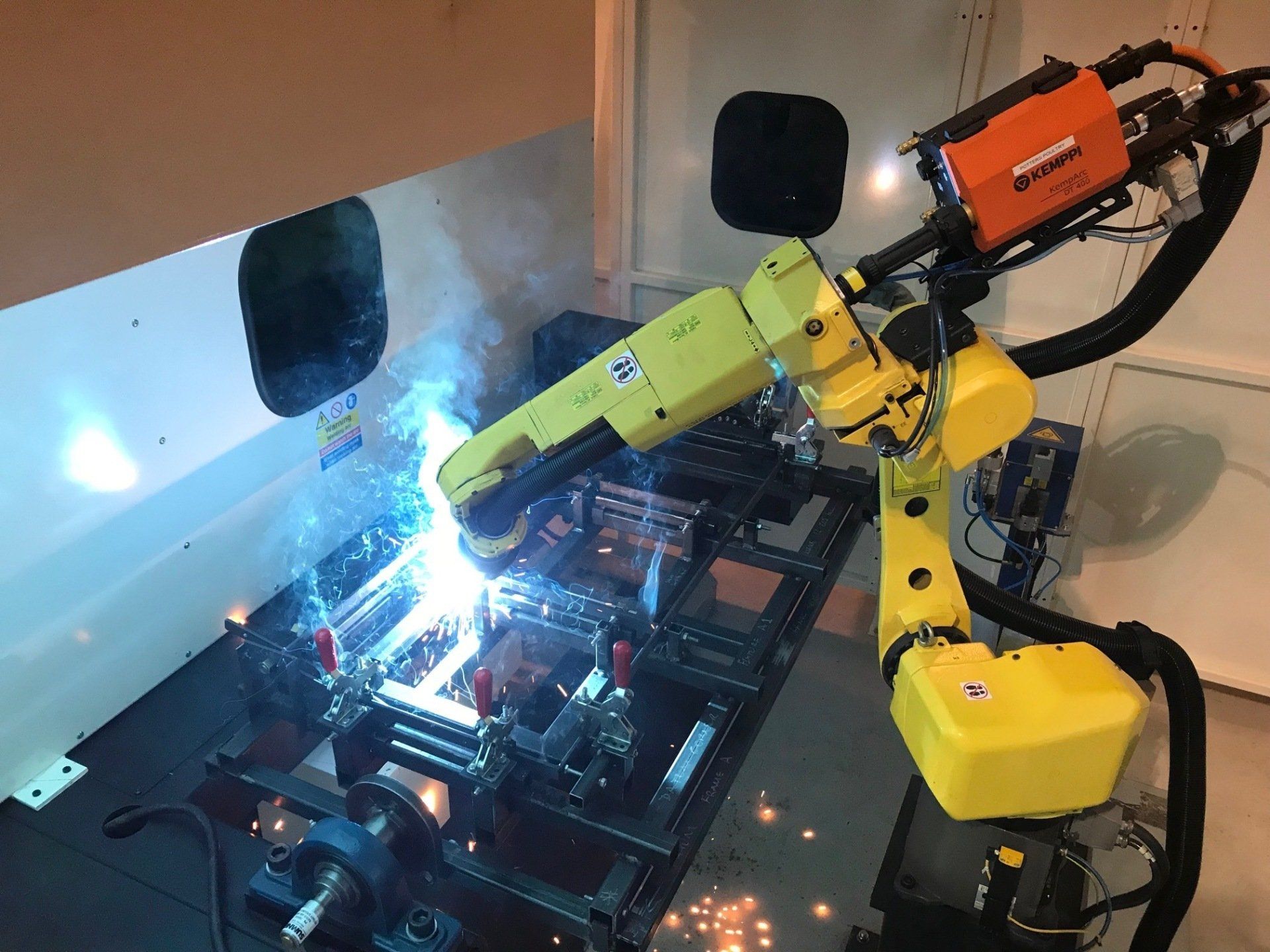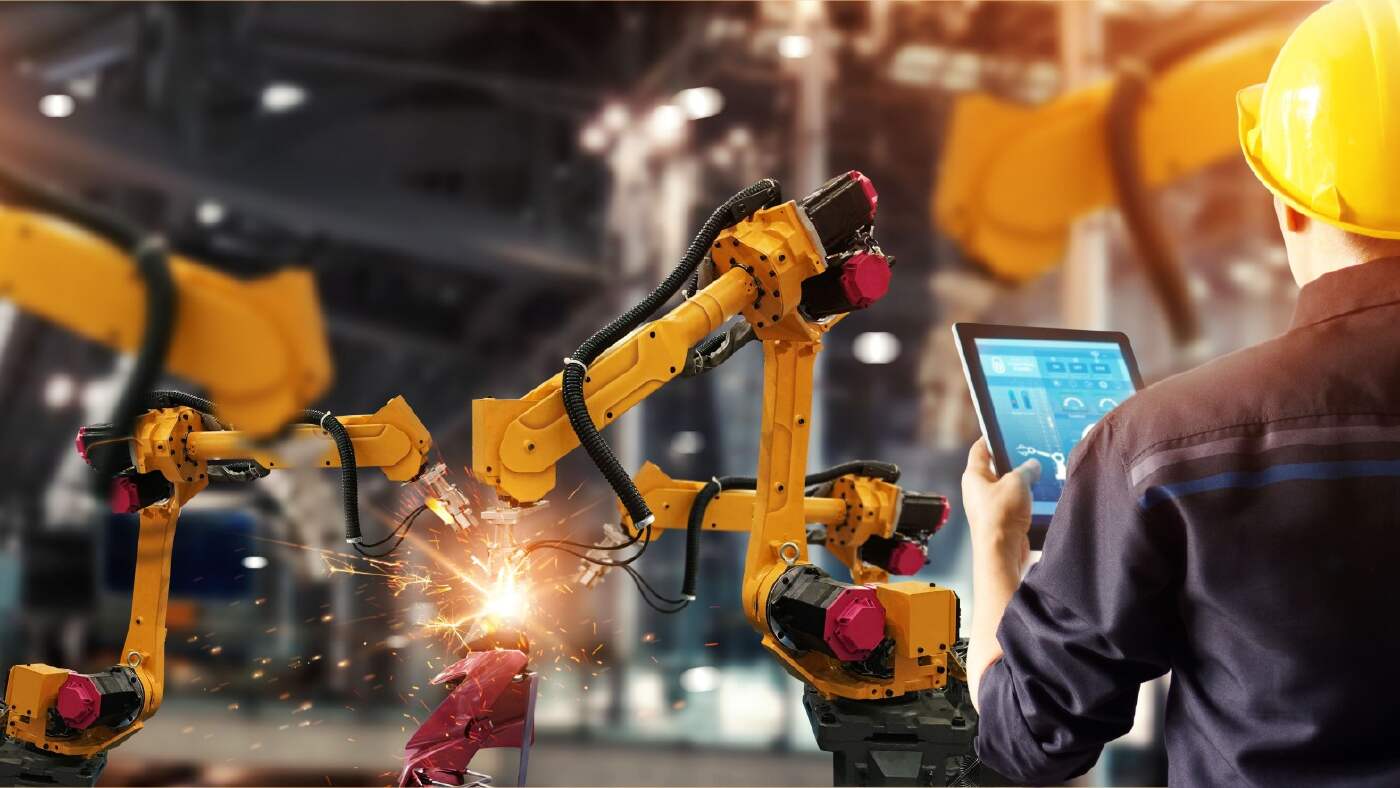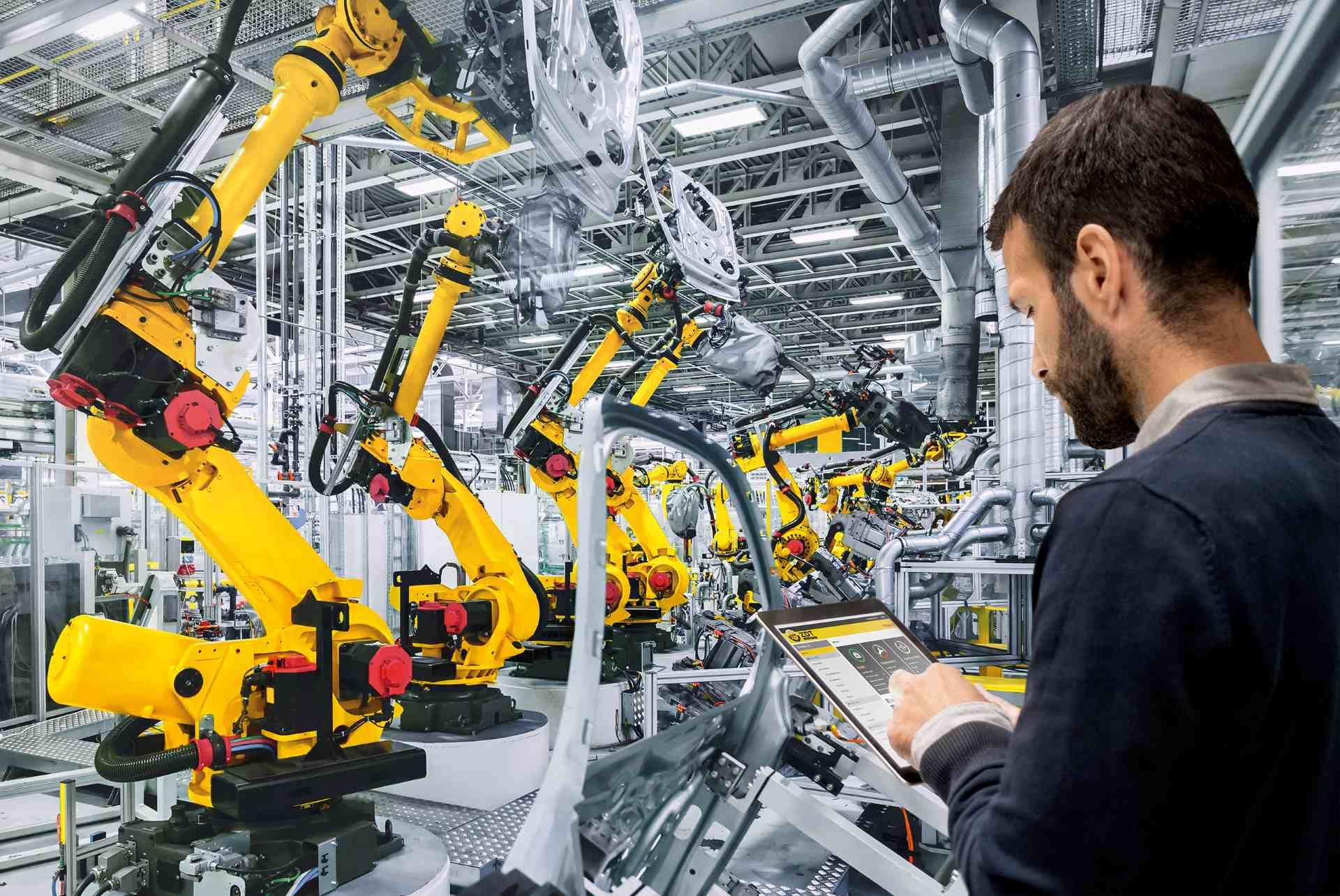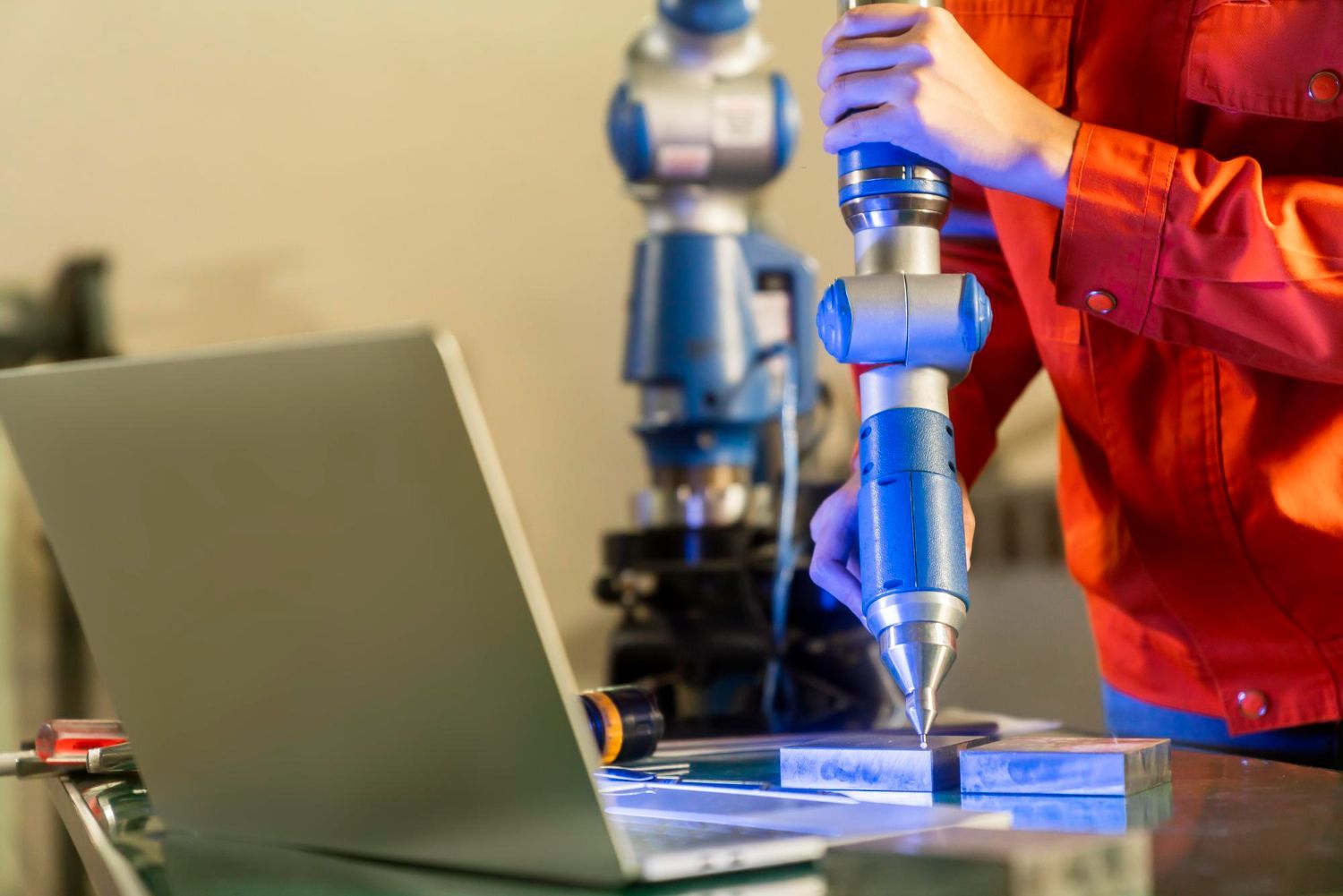MIG Welding Aluminium

MIG welding is one of the most effective ways to weld aluminium, resulting in a high-quality and long-lasting weld that meets rigorous quality standards.
However, MIG welding aluminium isn’t an easy process. MIG welding requires accuracy, precision and skill. Compared to other metal materials like steel, welding aluminium presents a number of unique challenges that need to be overcome.
But while welding was traditionally difficult when carried out by hand, robotic MIG welding systems provide an automated solution that streamlines the operation. In this article, the experts at Cyber-Weld explain how aluminium can be welded using MIG welders while exploring how robotic welding systems can improve the process.
What Is MIG Welding?
MIG welding is a welding method that’s used to fuse together different metals in a solid, accurate and long-lasting manner. It’s commonly used to weld together metals such as aluminium and steel and is one of the favoured welding methods employed by construction and manufacturing industries across the world.
MIG welding is one of many types of welding, but it’s a type of welding that makes use of an electric arc in order to create a ‘weld pool’ to then weld materials together. MIG welding is a specific type of ‘gas metal arc welding’ (also referred to as GMAW), which includes MAG welding.
Gas metal arc welding methods create a high-temperature arc using electrodes. This electric arc is at a high enough temperature to fuse metals together by creating a weld pool. However, the electric arc and the weld pool need to be protected and kept at a high enough temperature through the use of shielding gas.
MIG welding is an acronym for the technical term ‘metal inert gas welding’. This refers to the type of gas that’s used to shield the electric arc. In this case, it’s an inert gas – usually argon, helium, or nitrogen, for example – which protects the electric arc from being extinguished during the welding process. Without the shielding, it would be impossible to keep the electric arc hot enough to actually weld anything together.
MIG welding is one type of GMAW welding, the other popular variation being MAG welding (or ‘metal active gas welding’) which uses a type of active gas – rather than an inert gas – as a shield. Similar types of welding include TIG welding (tungsten inert gas welding) and TAG welding (tungsten active gas welding), which use different forms of tungsten to create a shield for the arc.
Different types of welding have different advantages and disadvantages, so it’s important to select the right method when welding together metals such as aluminium.
Can You Weld Aluminium with a MIG Welder?
A MIG welder is one type of welder that can be used to weld together aluminium. However, it should be noted that MIG welding aluminium can be a challenging task and a task that takes a high degree of accuracy and precision to achieve well. If this can be achieved through, MIG welding aluminium results in one of the most durable welds possible.
Aluminium is a metal that presents certain unique challenges for the welder to overcome. The biggest challenge is overcoming the fact that aluminium is a high thermal conductor. In simple terms, this means that aluminium conducts heat away from the welding machine, making it much more difficult to keep the temperature of the welding arc constant.
Despite the fact you need to weld aluminium at a high temperature, it actually has a much lower melting point than many other metals, including steel, which is also commonly welded using a MIG welder. This means that you can easily burn through the aluminium and ruin the weld before you really even get started.
These problems are amplified by the fact that aluminium is covered in a layer of oxide. This oxide burns at an extremely high temperature, a temperature that’s higher than the actual aluminium beneath it. This means you need to de-oxidise (and clean) the aluminium before you start welding, or else it’s going to be much more challenging to complete the weld. Aluminium re-oxidises quickly, so once it’s de-oxidised you need to crack on with the weld immediately.
Aluminium can be easily contaminated too, meaning you need to ensure the area you work in is kept clean and free of anything that could ruin the weld. Even the slightest contamination could ruin the aesthetics or ruin the integrity of the weld altogether.
Overcome all of these challenges, however, and MIG welding aluminium does produce an exceptionally high-quality weld that has many practical applications. It’s commonly used for technical welding on aircraft, vehicles and boats, demonstrating the accuracy and precision of the process when done correctly.
In all instances, creating the conditions needed for this precise type of weld isn’t easy when using MIG welders by hand. This is where automated robotic welding systems come into their own, allowing you to weld consistently and precisely, even under such demanding conditions.
To summarise, MIG welding aluminium can produce an exceptional weld, but only if the following challenges of welding aluminium are overcome:
● Aluminium is a high thermal conductor
● Aluminium has a low melting point
● Aluminium is easily oxidised
● Aluminium is easily contaminated
What Gas Do You Use for MIG Weld Aluminium?
MIG welding aluminium requires the use of specific inert gases in order for it to work. As we explained earlier, ‘MIG’ stands for ‘metal inert gas’, and it’s these inert gases that are vital to the welding process.
An inert gas is one that remains stable or unchanged, even when subject to overriding external factors, high temperatures, or contaminants. Essentially, an inert gas is one that won’t undergo a chemical reaction, or can’t be chemically altered, changed or degraded unless under exceptional conditions.
It’s this un-reactiveness that makes an inert gas so effective when it comes to welding. The inert gas can be used as a shielding gas. Because it won’t react with the metals being welded or be affected by high or changing temperatures, the inert gas essentially forms a barrier that protects the weld from outside influence and contamination. This means that the MIG welding system can produce the constant, high temperatures needed for welding, while contaminants will be blocked by the shielding gas when the welding is ongoing.
There are many inert gases that can be used for MIG welding, including nitrogen, helium and argon. For MIG welding aluminium, argon is the most popular choice of inert gas to use. Argon is often mixed with helium to create a gas compound that also works well, while helium can be used on its own if you need to produce exceptionally high temperatures for welding. This may be necessary if you’re trying to weld extremely thick pieces of aluminium.
What Happens If You MIG Weld Aluminium?
MIG welding aluminium can produce exceptionally durable and precise results, but as we’ve already stressed, you need to ensure that you can overcome the major challenges associated with welding aluminium.
If you were to start MIG welding aluminium using the same settings or techniques you use for steel, then you’re guaranteed to find yourself in trouble, with variable and inconsistent welding results at the end of it.
Because aluminium is a high thermal conductor, using MIG welding with unsuitable gas shields or with too low a temperature would ensure that the weld couldn’t begin in the first instance. Unfortunately, if too much temperature is applied too quickly, the aluminium could quite easily be burned through completely.
Aluminium has a melting point of 650 degrees Celsius. Therefore this is the temperature needed to ensure the best weld. But if you haven’t deoxidised your aluminium first, you can easily find that the aluminium inside is melting while the oxide on the outside (which has a much higher melting point of over 2,000 degrees Celsius), hasn’t been touched. Again, this will ruin the results of your MIG welding.
When aluminium is MIG welded, you’ll find that the finished product will have shrunk once it’s cooled down. This shrinkage needs to be taken into account, or you can end up with distorted, cracked, and damaged welding joints.
However, if you take all of these unique properties of aluminium into account then the results of a MIG weld can be excellent. If aluminium is deoxidised, welded at the correct temperature and with suitable shielding gas, then you’re left with a strong, reliable and accurate weld.
How Do You Set Up a MIG Welder for Aluminium?
In order to MIG weld aluminium safely and effectively, there are a number of considerations you need to take into account.
To start, the aluminium needs to be thoroughly deoxidised before it can be welded. What this means on a practical level is that the aluminium being welded first needs to be thoroughly cleaned. This is often done with wire brushes to ensure that any contaminants, including the outer layer of oxide, are removed. In an industrial setting, this is a process that can be automated.
MIG welding requires aluminium filler wires, and these need to be suitable for the specific aluminium alloy being welded. We suggest using MIG welding 5356 aluminium wires as a versatile and reliable filler. You also need to keep in mind that MIG welding is only appropriate for certain thicknesses of aluminium – above 18 gauge and you may need to consider using TIG welding, for example.
The MIG welder needs to be set up with appropriate shielding gas. This needs to be argon or a mixture of argon and helium. This ensures that your set-up can produce the required and constant heat needed to weld aluminium. Finally, all staff need to be wearing appropriate safety gear during the welding process.
To summarise, the set-up steps include:
● Deoxidise aluminium thoroughly before welding
● Select appropriate aluminium filler wires, such as MIG welding 5356 aluminium
● Don’t try to weld aluminium thicker than 18 gauge
● Use argon gas or a mixture of argon and helium
● Ensure high heat can be maintained
● Ensure staff wear appropriate safety equipment
This can seem like a daunting set of considerations, particularly given how controlled the welding environment has to be when aluminium is being MIG welded. Given the advanced technology available, much of the process can be readily automated using robotic MIG welding systems that can be designed specifically for these applications.
Robotic MIG welding systems can create constant conditions for quality aluminium welding while removing any variables that could result in a bad weld. Robotic MIG welders can produce accurate, high-quality results consistently, allowing MIG welding to be set up with ease in the workplace.
Can You Weld Aluminium with a Gasless MIG Welder?
A gasless MIG welder is designed to weld metals together without the need for a cylinder of gas. These systems work by employing a specific type of welding wire that, when subject to high temperatures, melts and releases a protective layer of gas that then acts as the shield.
Rather than having an attached gas cylinder providing a shield for the weld, the shield is produced by this special welding wire. Gasless MIG welders are considered to be more portable than standard MIG welders, however, they can’t produce the conditions needed to weld aluminium to a high standard.
A gasless MIG welder doesn’t have the capacity to shield the weld pool in the same way that a true MIG welder does. This means the temperatures can fluctuate or contaminants can affect the aluminium, and that means that the weld produced won’t be anywhere near as durable.
So, can you weld aluminium with a gasless welder? The short answer to that question is a firm no.
Contact Cyber-weld Today for More Information About Robotic MIG Welding Aluminium Solutions
If you’d like to know more about robotic MIG Welding Aluminium solutions, don’t hesitate to get in touch with Cyber-weld today.
Cyber-weld provides a comprehensive range of MIG welding services, alongside an extensive array of bespoke robot welding solutions designed to fulfil your welding needs.
Our experienced and knowledgeable staff are ready to provide more information.

